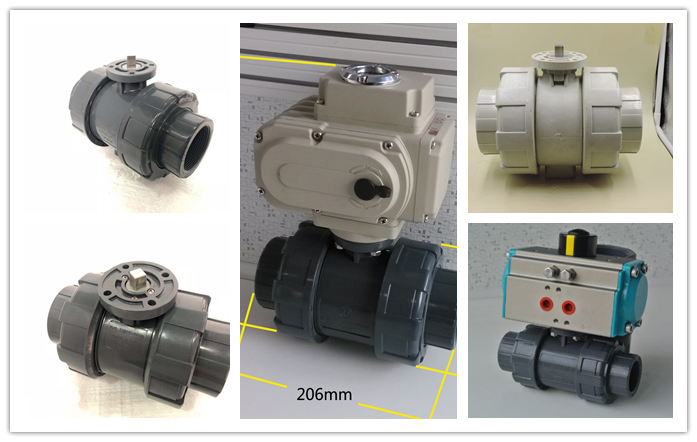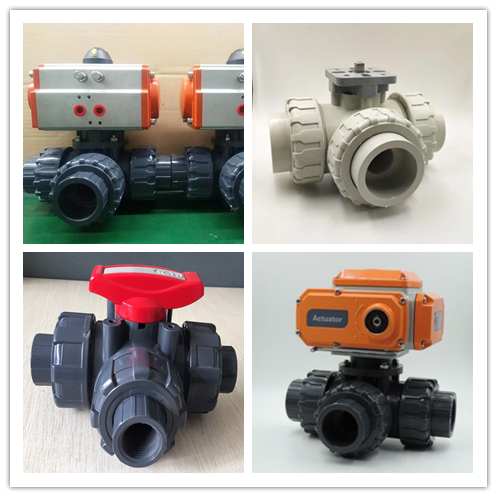A ball valve is a device with a spherical closure unit that provides on/off control of flow. The sphere has a port, also known as a bore, through the center. When the valve is positioned such that the bore is aligned in the same direction as the pipeline, it is in open position and fluid can flow through it. When rotated 90 degrees, the bore becomes perpendicular to the flow path, meaning the valve is closed and the fluid cannot pass through.
The ball valve, along with butterfly and plug valves, is part of the quarter-turn valve family. Ball valves are known for reliable, bubble-tight sealing. Thus, they are a great choice for gas applications where tight shutoff is necessary. Due to the potential of constant wearing on the seats, ball valves are not ideal for throttling applications.
The most common ball valves are considered to be two-way, which allows flow to travel linearly from the inlet to the exit. Furthermore, the three-way and four-way ball valves allow for flow to travel in multiple directions, including 90-degree angles.
There are four general body styles of ball valves: fully welded, three-piece body (also called side or end-entry), split-body, and top-entry. The difference is based on how the pieces of the valve are manufactured and assembled, but the valve operation is the same in each type. Each design has its benefits.
Post time: Mar-24-2019

